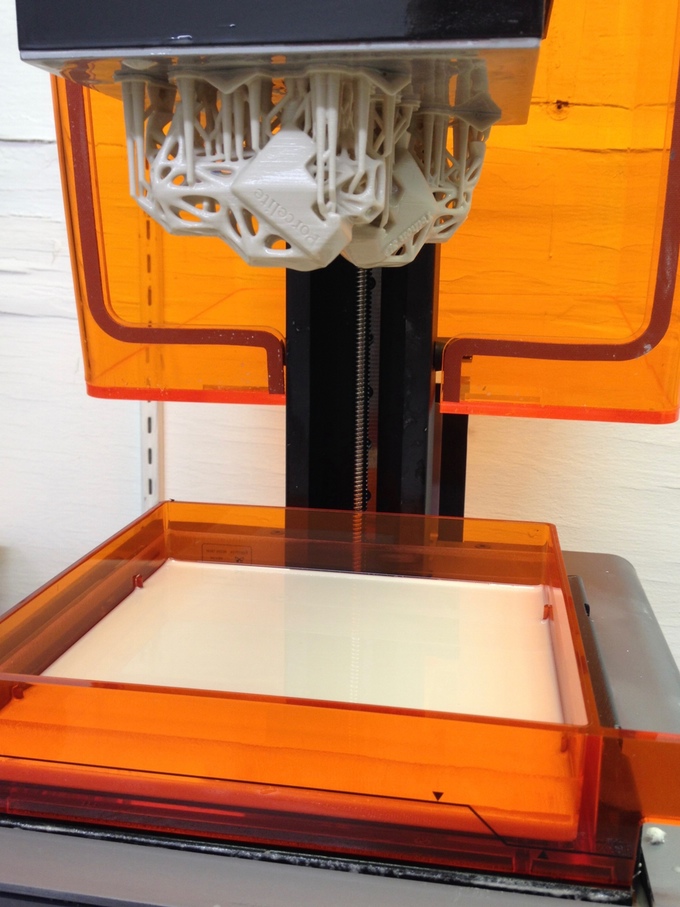
We’re looking at Tethon3D’s new ceramic porcelain 3D printer resin, and suspect this may be only the beginning.
Tethon3D is a company dedicated to the art of ceramic 3D printing. The company has worked on such techniques for several years, but now has launched a crowdfunding campaign for a new 3D printer resin they call “Porcelite”. It’s designed for use with resin-based 3D printers, but there’s more to it than just 3D printing.
The resin is a proprietary mix of standard UV-curable resin and ceramic elements. Once a print is complete, it can be placed into a kiln and fired as normal porcelain might be. The resin burns away, leaving the ceramic elements. In other words, with this resin, a 3D printer and a kiln you should be able to produce true ceramic objects. You can even glaze them like normal kiln-fired items. Such ceramic items can be safely used in the kitchen or even outdoors.

Currently you can order a 1L jug of Porcelite from their launch page for USD$200. That’s a bit pricey for 3D printer resin, but on the other hand, it’s a product with some very unique properties.

While this is in itself a very interesting development, it does beg the question: what else might be done?
The many resin 3D printers on the market generally have a common characteristic: you can use ANY resin in them, as there are few units with any controls on use of resin. A Formlabs machine, for example, could make use of almost any UV-curable resin you can pour into it.
This opens up the possibility of developing custom 3D printer resins, simply because there are now a great many 3D printers capable of using generic resin.
It could be a move similar to what’s happened with composite PLA filaments. These specialty materials rapidly emerged when manufacturers discovered you could mix a batch of PLA with, well, anything, to create fascinating composite materials. We’ve seen several metal composite filaments, using such metals as bronze, copper, steel or iron. There’s filaments that are conductive, and some are made from wood. We’ve even seen one filament made from algae.
This 3D printed miniature coffee table is in fact made from coffee itself! One vendor sells 3D printer filament made from finely ground coffee mixed with PLA.
You get the idea. But this hasn’t yet happened to the resin world.
Maybe it should.
Via Tethon3D and Kickstarter

